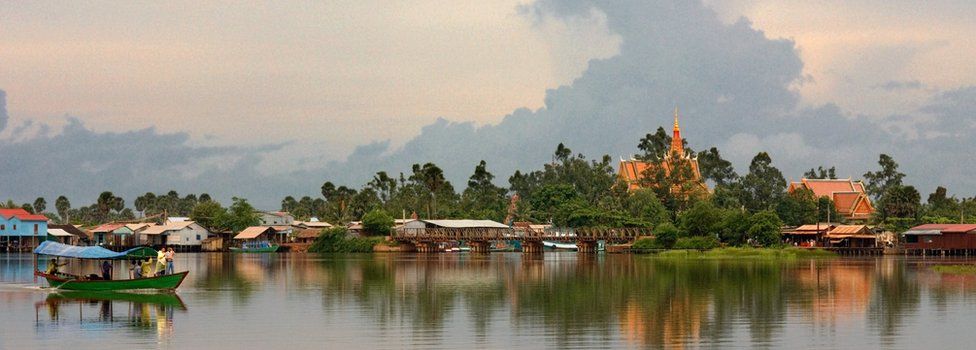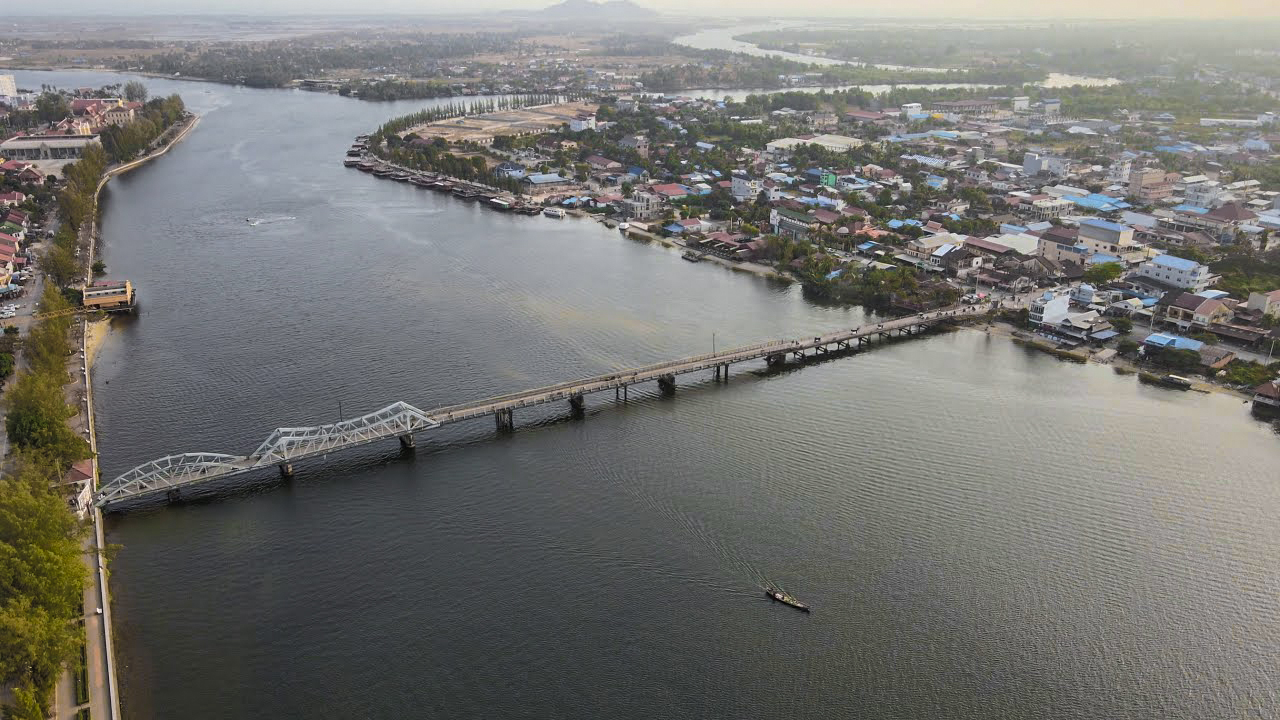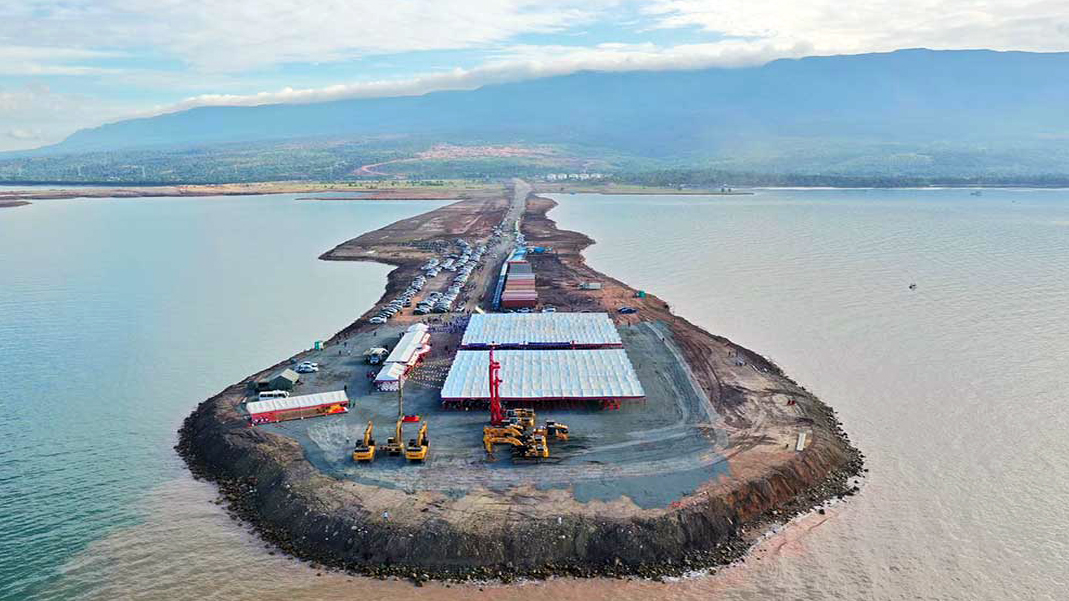Location

This province is located in the Southwest of the country, having an eighty kilometres coastal strip with the Gulf of Thailand. The provincial capital is named Kampot and sits near the base of the abundant green Elephant Mountains and the famous Bokor Hill Station. Compete to crowded Sihanoukville in the North of the province you may find quietness.
Bokor Hill Station, and countryside tours are perhaps the most popular day tours out of Kampot with tour operators offering very competitively priced tours.
The Kampot area also offers several other attractions including pre-Angkorian ruins and caves, jungle trekking, bicycling tours, river cruises, island trips, fishing trips, isolated beaches, pepper plantations, bamboo train rides and some beautiful rural countryside.

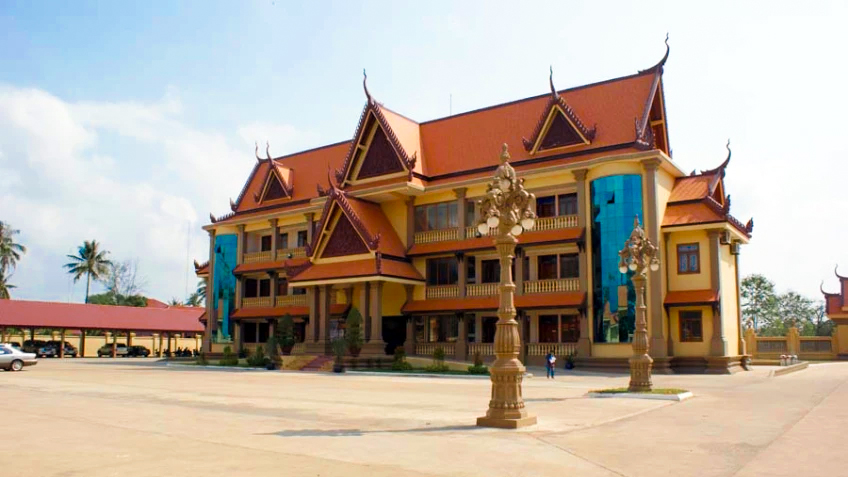
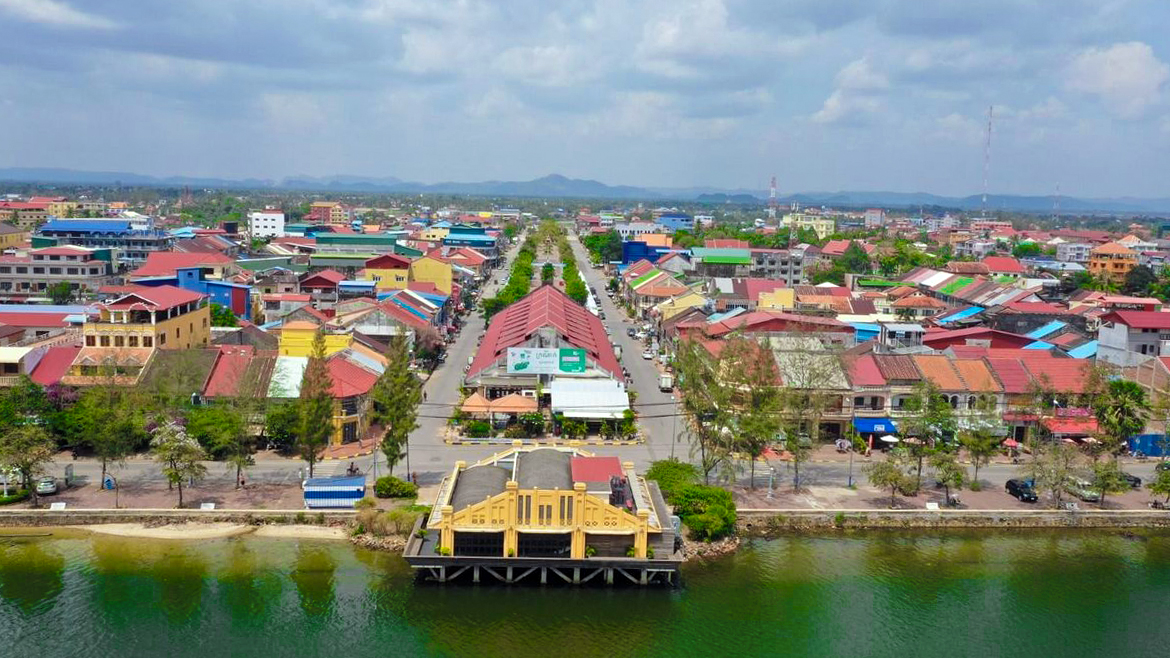
Most visitors come here to have a look at the old French colonial architecture, which is one still in charming condition, to have a vantage point for visiting the near beaches or the small islands of Kep. Kampot province is also renowned for the quality of its fruits (durian, coconut, mango, etc.), its sea salt and of course the famous Kampot Pepper. The special fresh climate and soil type of Kampot as well as the experience from several generations of pepper farmers make this pepper unique and much sought-after by gourmets worlwide.
The small town of Kampot on the Tuk Chhou River is 5km inland from the sea. Fishing and farming are the main activities; durians and melons grow in abundance.
On the circle is the Prachummith Restaurant, which is close by is the Amar Restaurant. To the south near the river is the GPO and telecommunications building. At the north end of town, about 1.5 km away, lays the Central Market, with quite a lot of food stalls. All Kampot transportation is concentrated within the range of the market cycle, motors, taxis, trucks, and buses. The railway station lies further north, but isn’t used anymore.
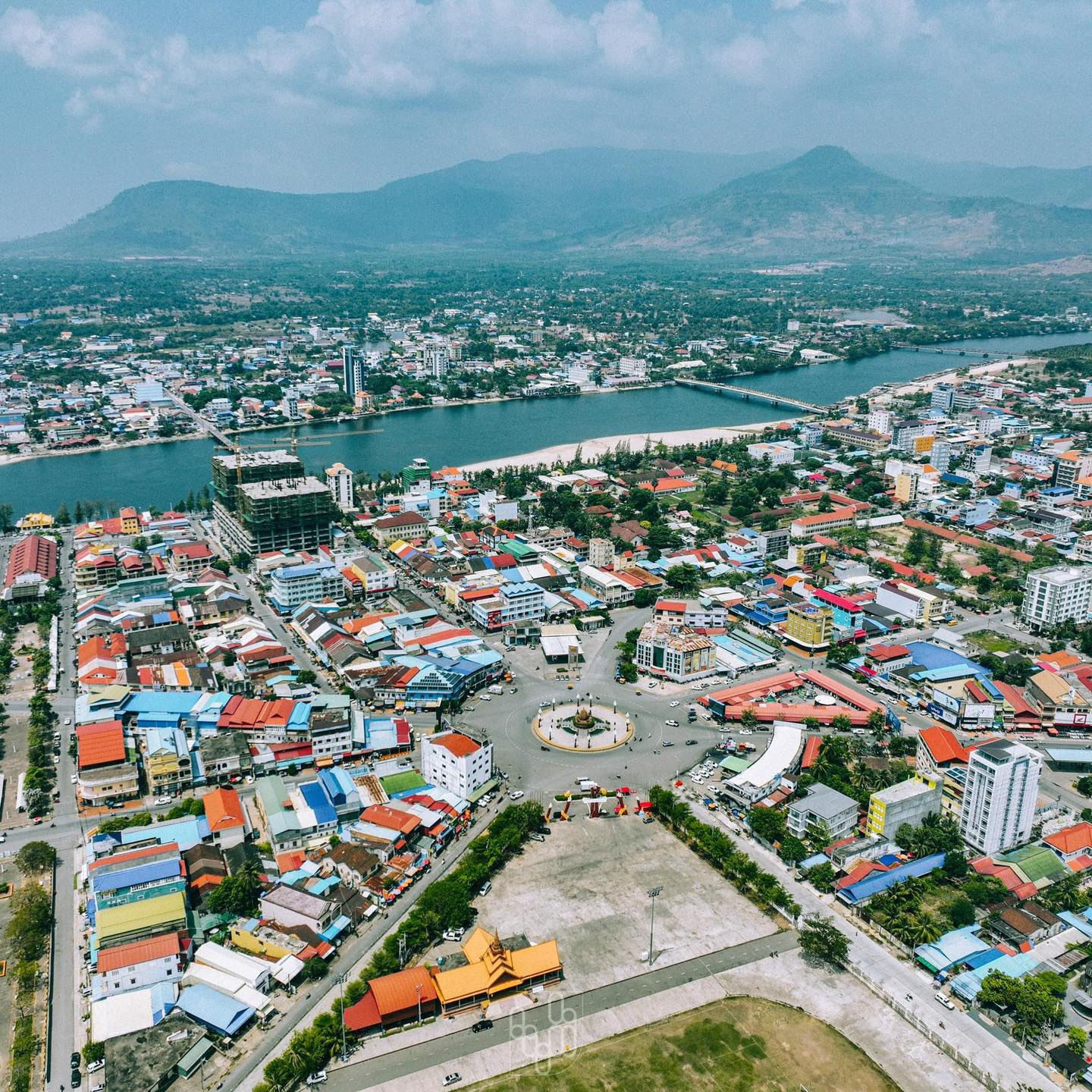
Cultural Heritage
Kampot Province in Cambodia boasts a rich cultural heritage that reflects its history, traditions, and diverse communities. Here are some aspects of Kampot’s cultural heritage:
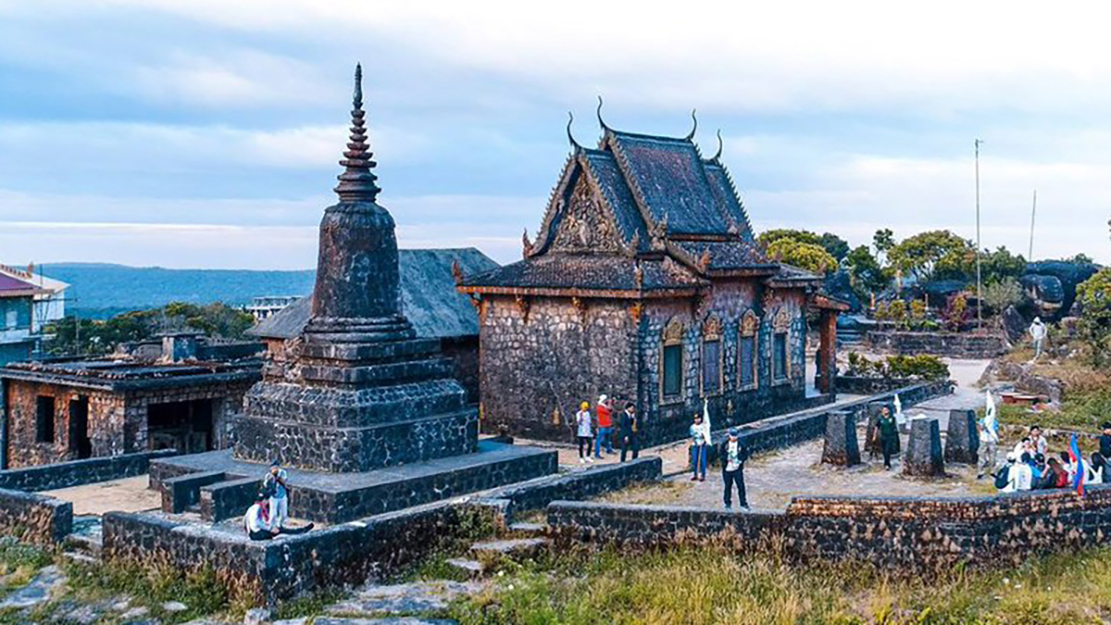
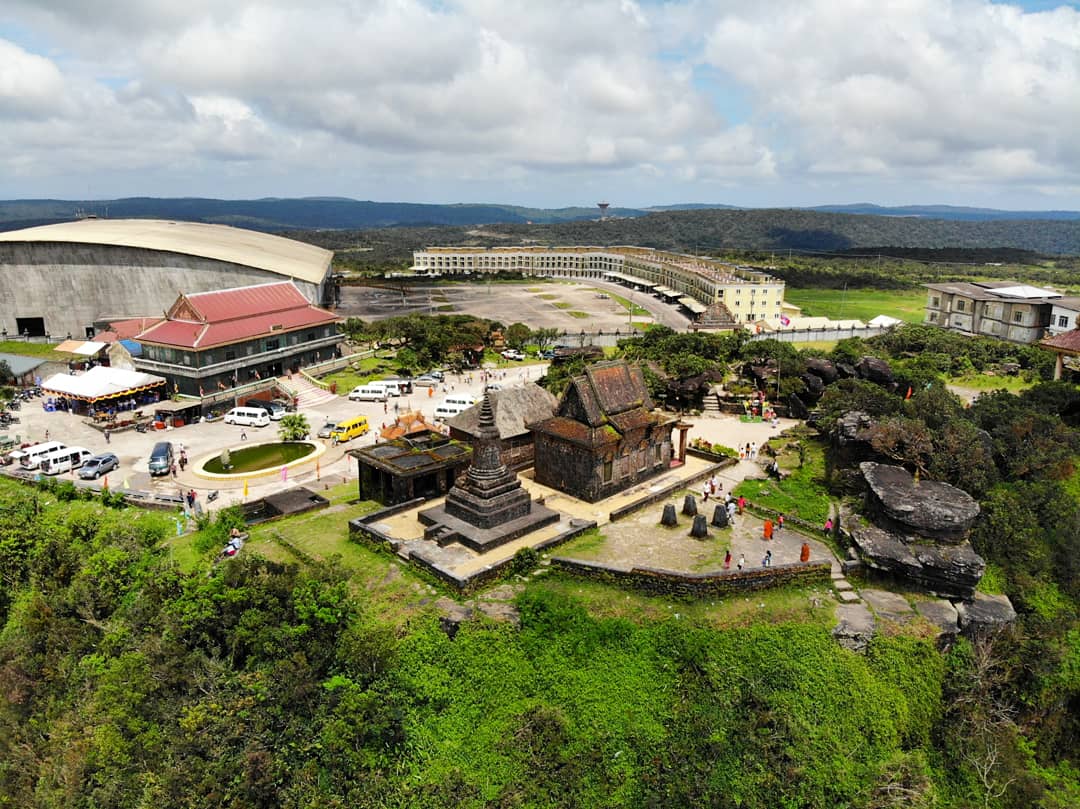
Khmer Architecture
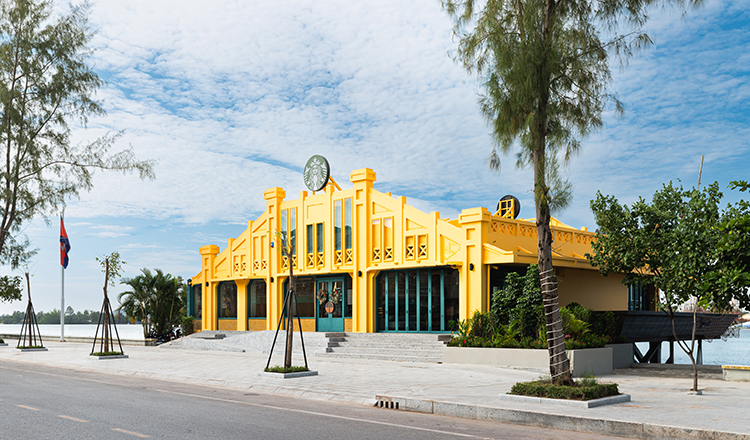


Kampot is home to a variety of architectural styles, including traditional Khmer wooden houses and French colonial buildings. The provincial capital, Kampot Town, features well-preserved examples of French colonial architecture, with charming villas, storefronts, and administrative buildings lining its streets.
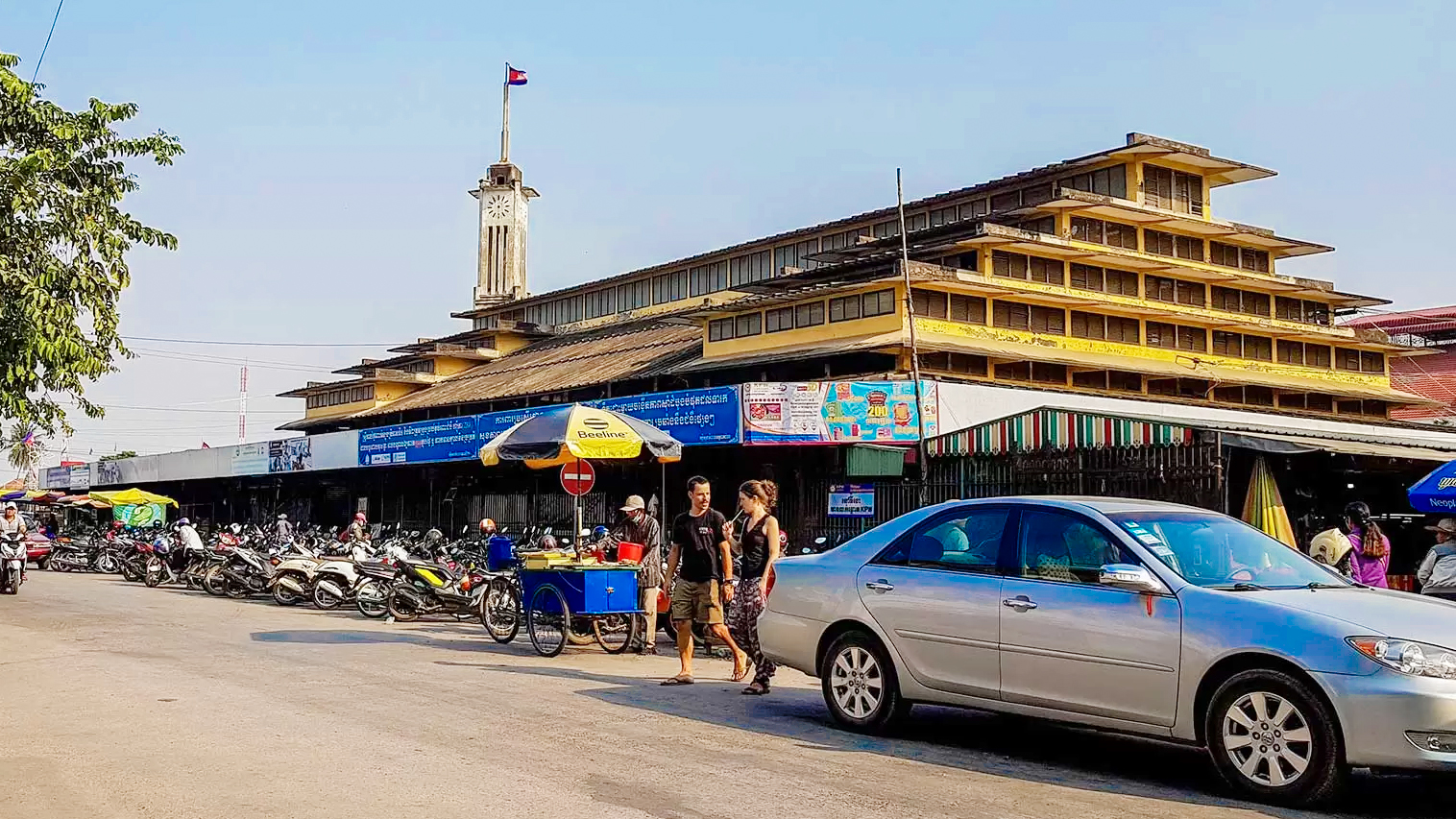

Buddhist Temples

Throughout Kampot Province, you’ll find Buddhist temples that are important centers of religious and cultural life. These temples, adorned with colorful murals, sculptures, and pagodas, serve as places of worship, meditation, and community gatherings for local residents.
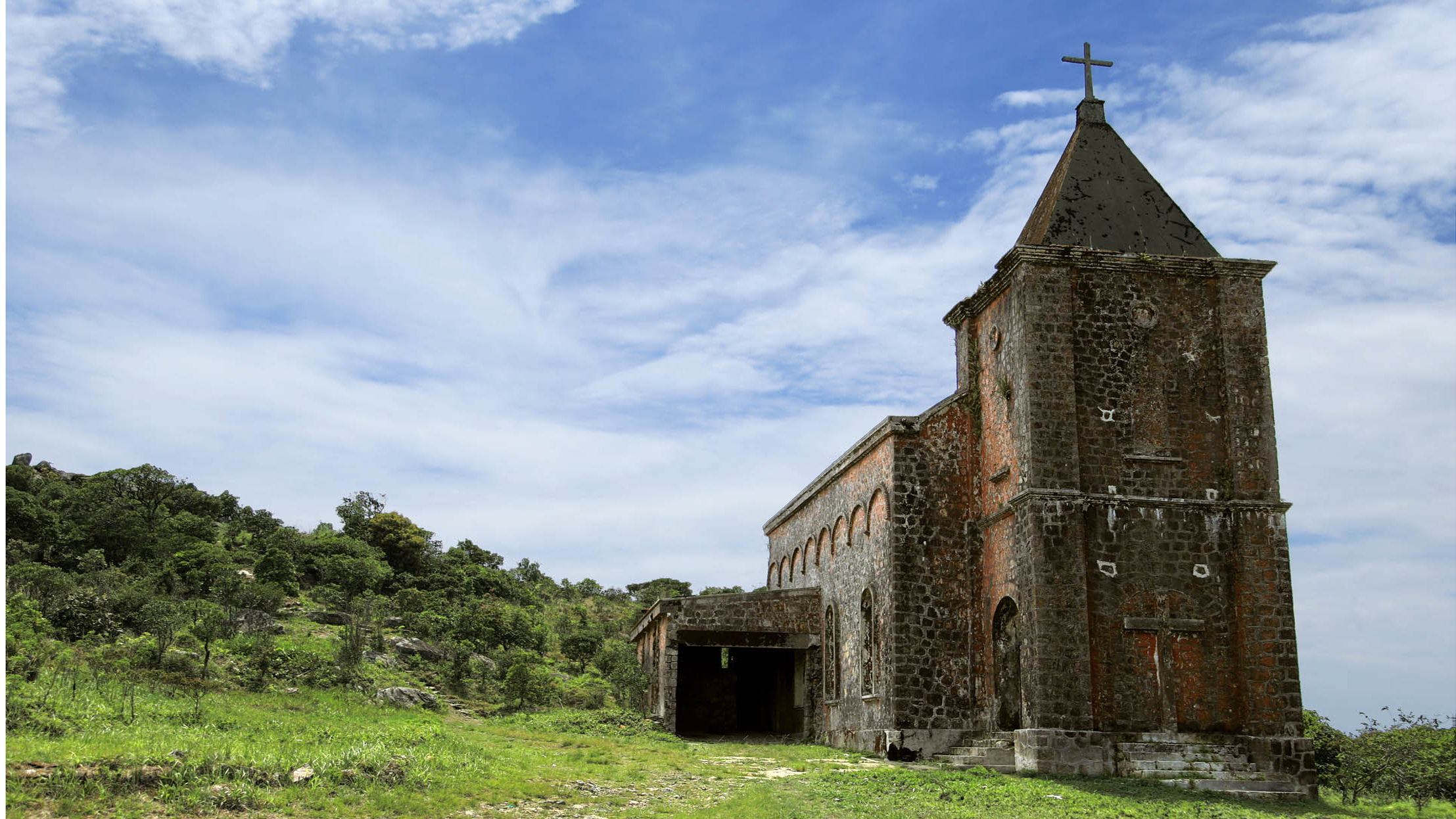

Music and Dance

Traditional Khmer music and dance are integral parts of Kampot’s cultural heritage. Visitors can experience performances of classical Khmer dance, known for its graceful movements and intricate costumes, as well as traditional music played on instruments like the khse diev (traditional xylophone) and tro (bamboo flute).
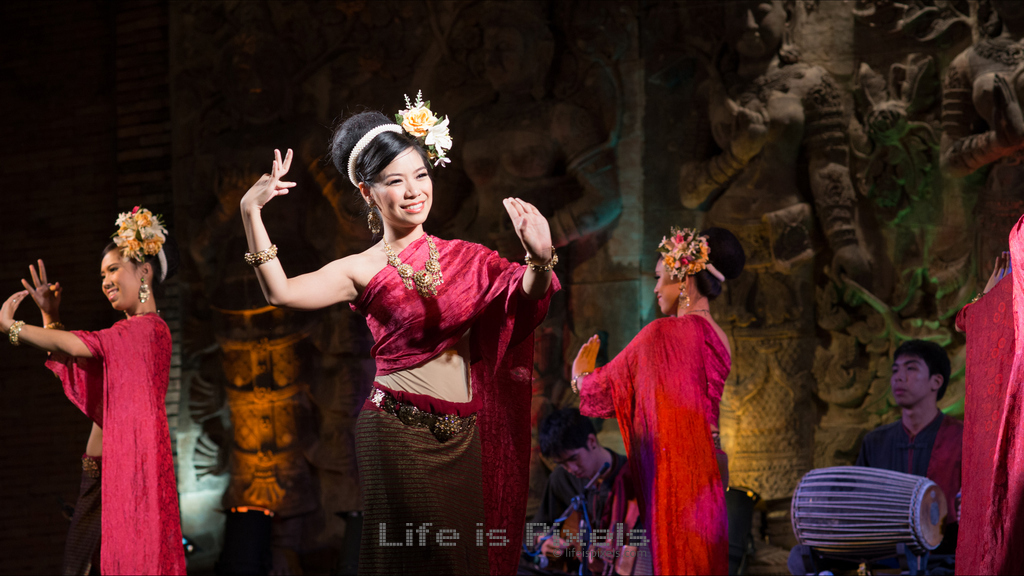


Traditional Festivals
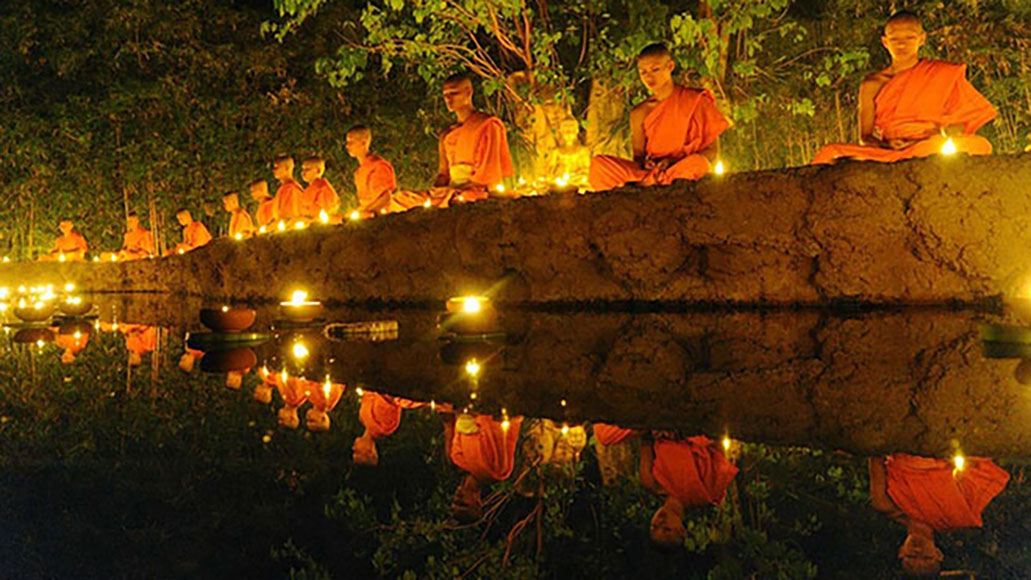
Kampot celebrates a variety of traditional Khmer festivals throughout the year, including Khmer New Year (Chaul Chnam Thmey), Pchum Ben (Ancestors’ Day), and Water Festival (Bon Om Touk). These festivals feature colorful processions, lively music and dance performances, and religious rituals that showcase Cambodia’s cultural heritage.
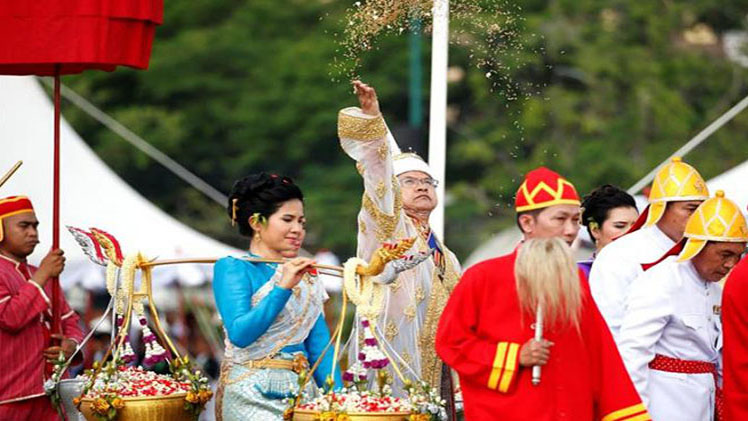

Geography
Kampot Province in Cambodia is characterized by a diverse geography that includes coastal areas, plains, and mountains. Here’s a breakdown of its geography:
Coastal Areas
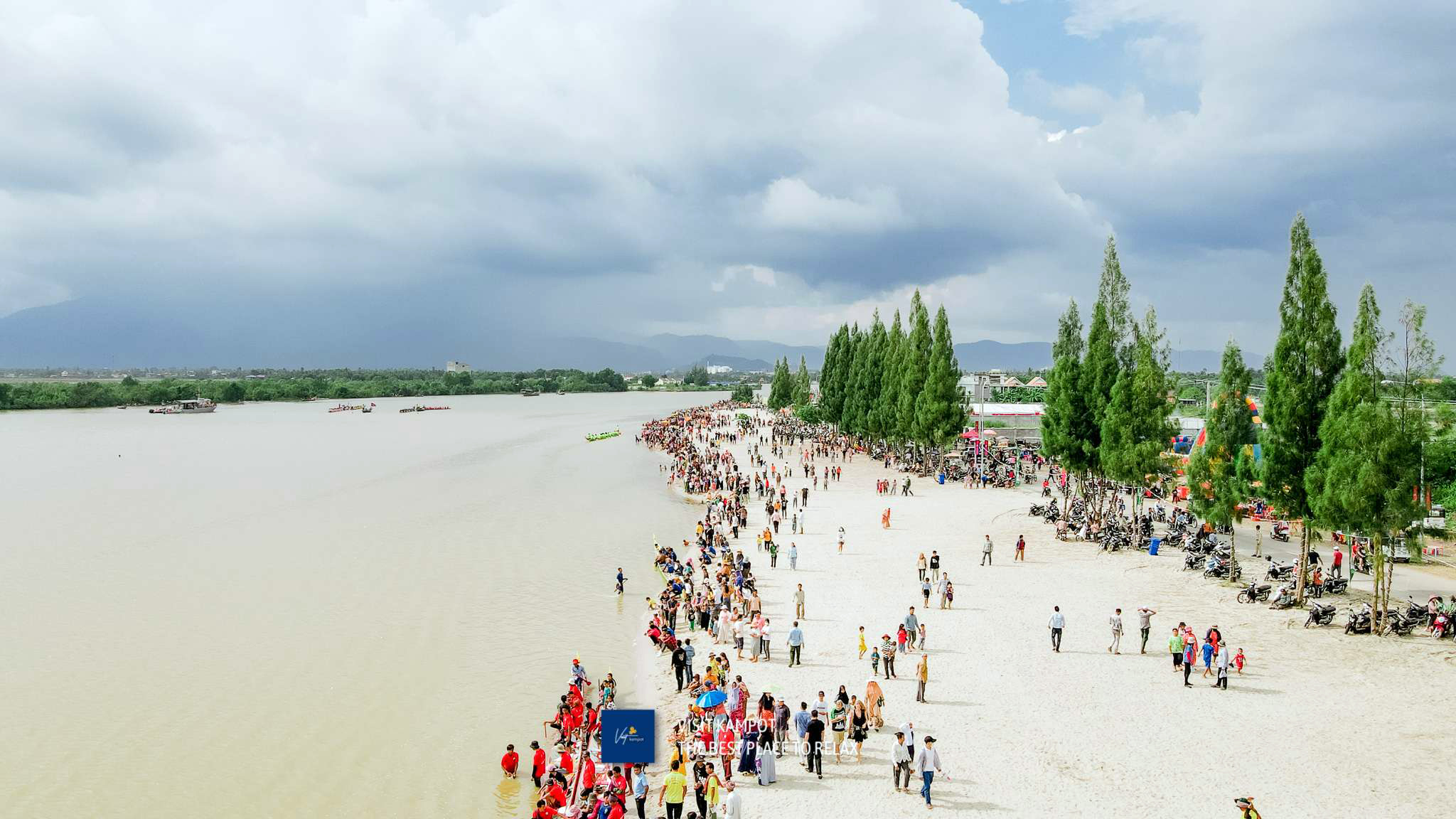
Kampot Province has a coastline along the Gulf of Thailand to the south. The coastal areas feature sandy beaches, mangrove forests, and estuaries. These areas are often frequented by tourists for their natural beauty and recreational activities.
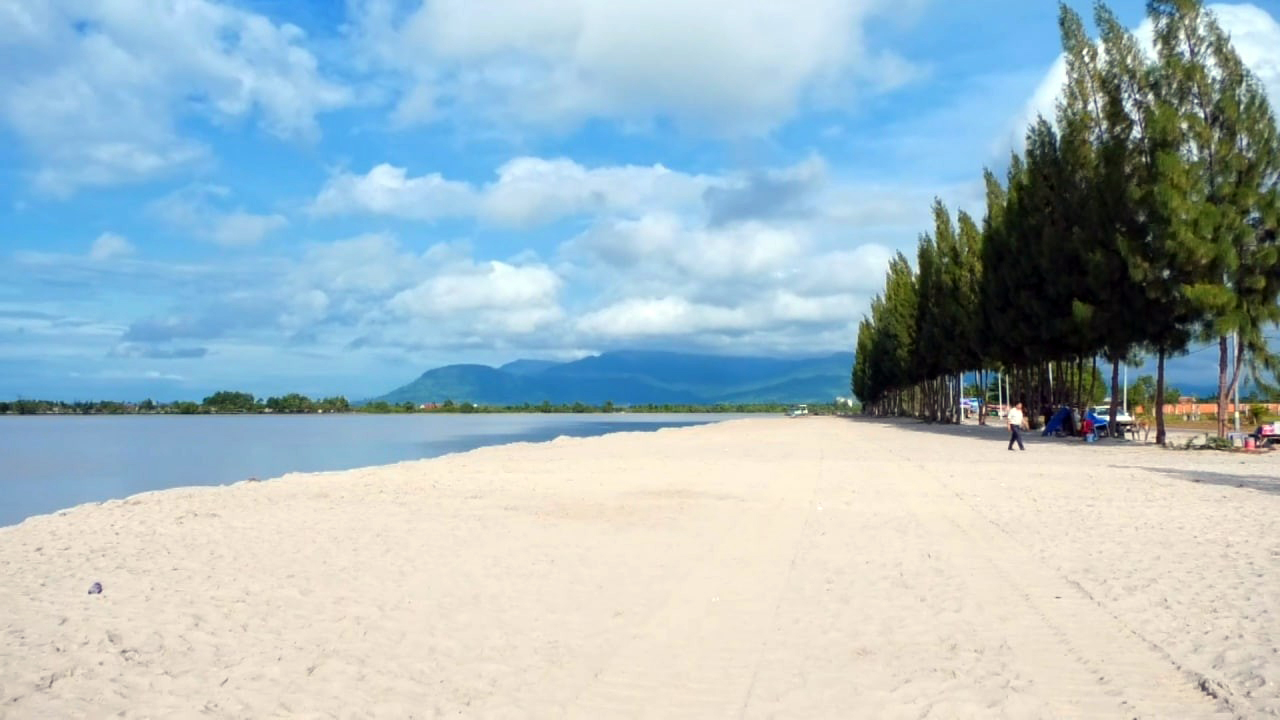
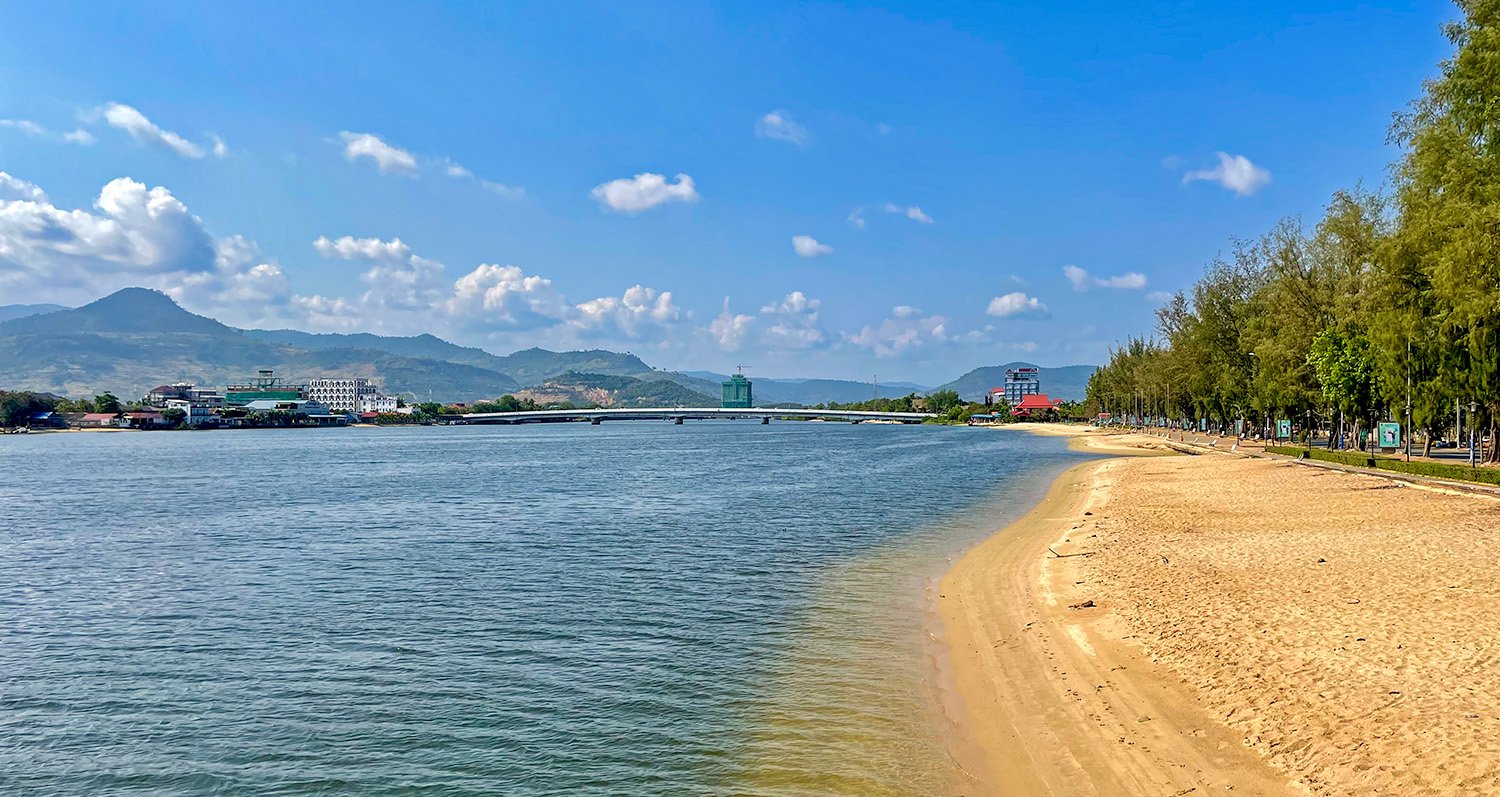
Plains
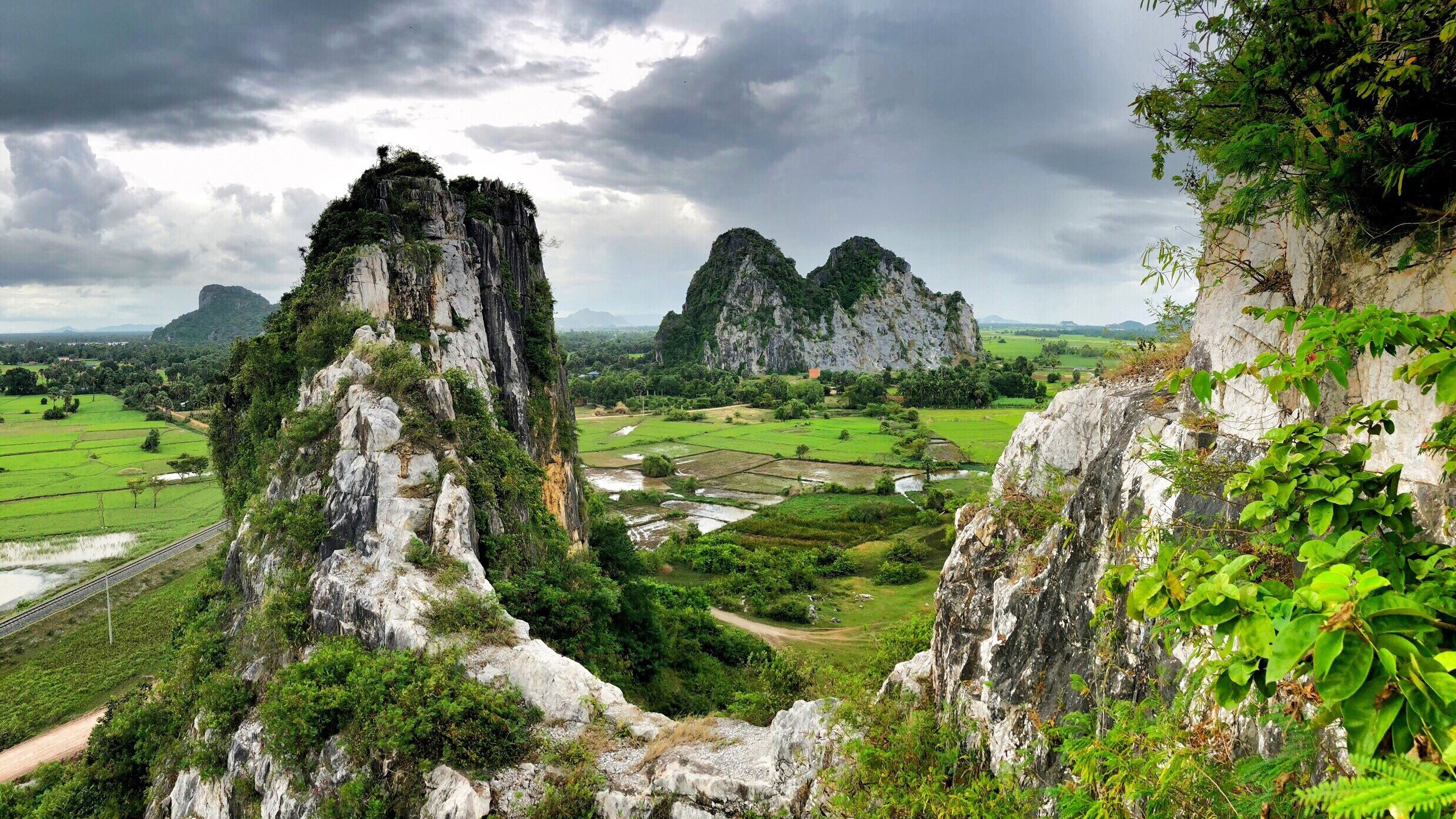
The province has fertile plains, particularly around the Kampot River and other waterways. These plains support agriculture, including rice paddies and fruit orchards. The flat terrain also makes it suitable for transportation and infrastructure development.

Mountains

Kampot Province is bordered by the Elephant Mountains (also known as the Bokor Mountains) to the north. These mountains are covered with dense forests and are home to diverse wildlife. They offer opportunities for trekking, wildlife watching, and exploration of caves and waterfalls.
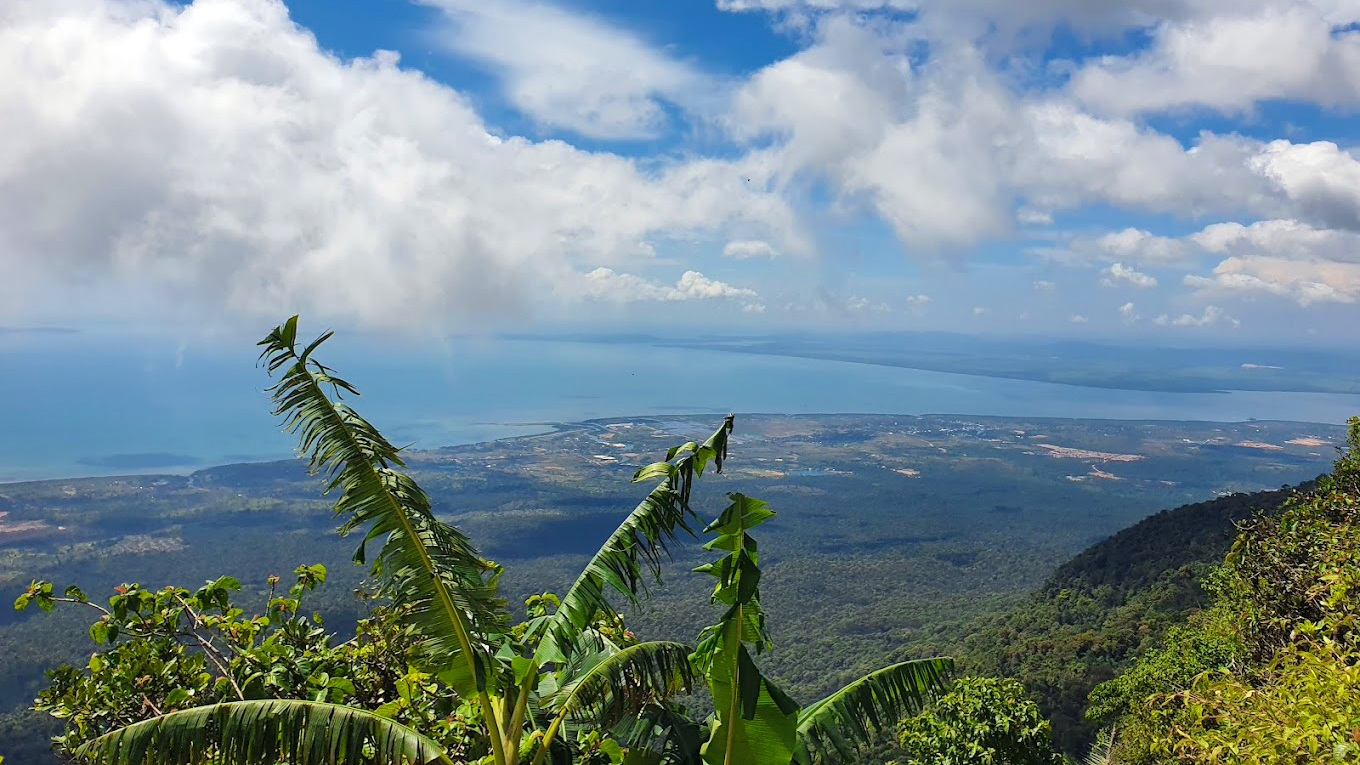

Rivers
Several rivers flow through Kampot Province, including the Kampot River and the Preaek Tuek Chhu River. These rivers provide water for irrigation, fishing, and transportation. The Kampot River, in particular, is known for its scenic beauty and is a popular spot for boat tours and leisure activities.

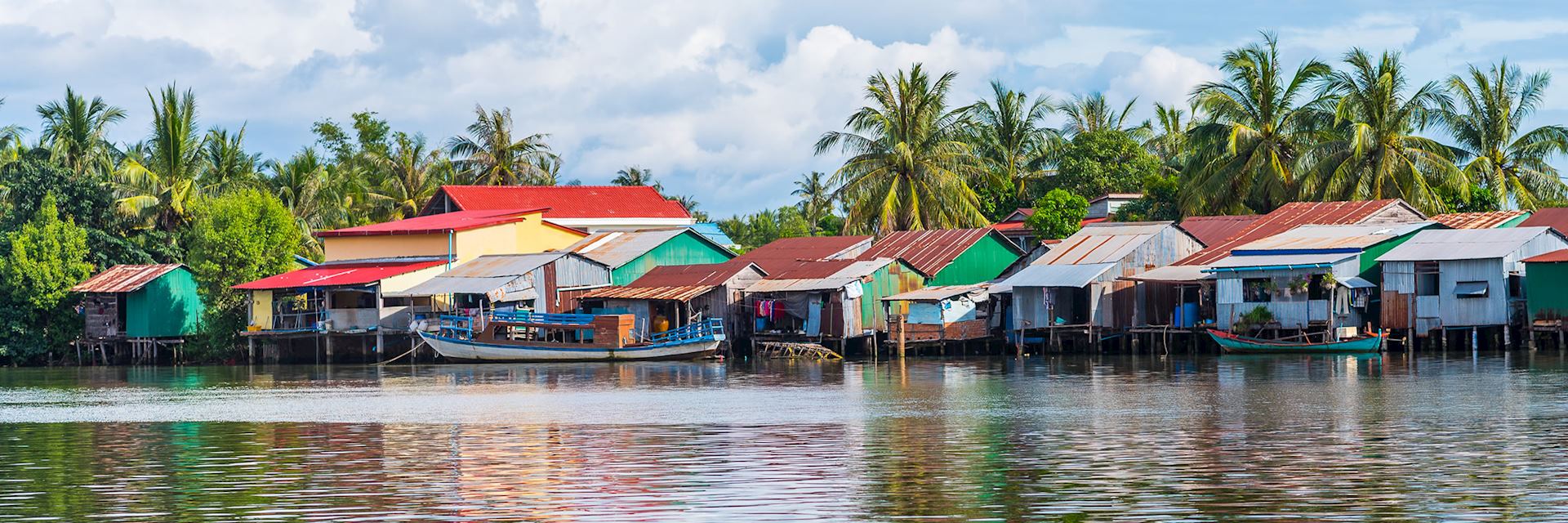
Attractions
Kampot Province in Cambodia is brimming with attractions that showcase its natural beauty, cultural heritage, and unique experiences. Here are some of the top attractions in Kampot:
Phnom Chhngok Cave Temple

This ancient cave temple is nestled in the hills near Kampot Town and features intricate carvings, stalactites, and Buddhist shrines. Visitors can climb the stairs to the cave entrance and explore the interior chambers while enjoying panoramic views of the surrounding countryside.

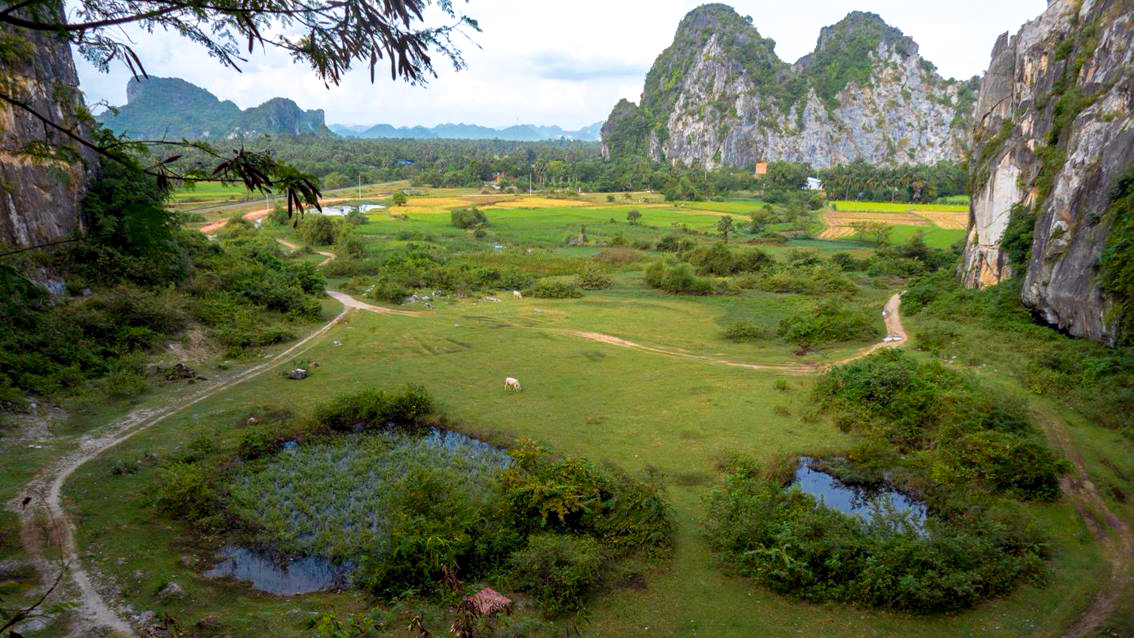
Salt Fields
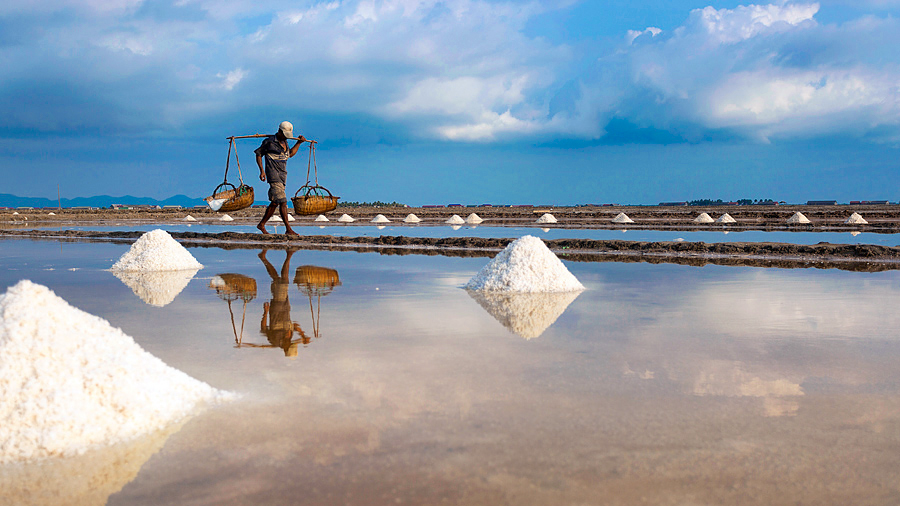
Kampot’s salt fields are a unique sight, where salt is harvested from shallow evaporation ponds. Visitors can learn about the salt production process, watch workers harvesting salt by hand, and enjoy scenic views of the salt flats against the backdrop of the mountains.

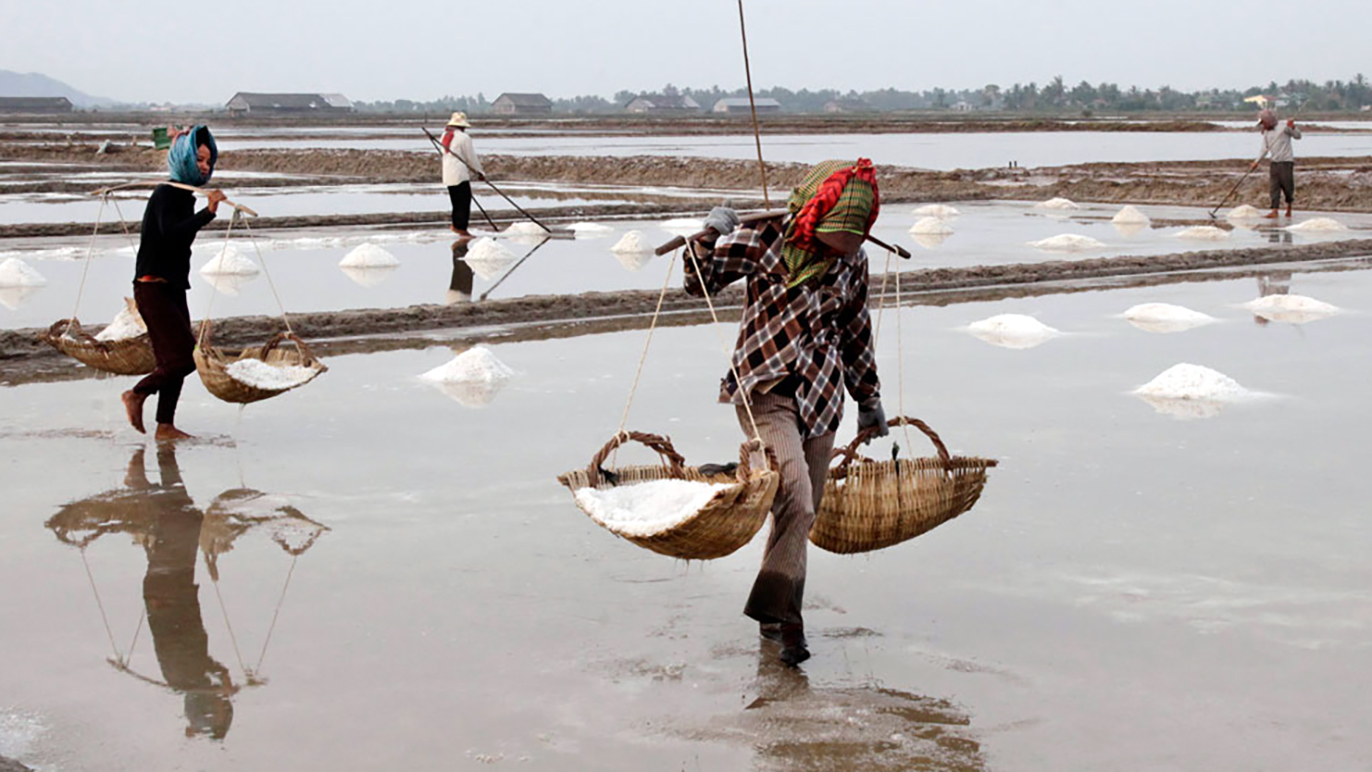
Kampong Trach Cave Temple

Located in the rural district of Kampong Trach, this temple complex is nestled within limestone karsts and features a series of caves, natural rock formations, and hidden shrines. Visitors can explore the caves, marvel at the natural beauty, and learn about the religious significance of the site.
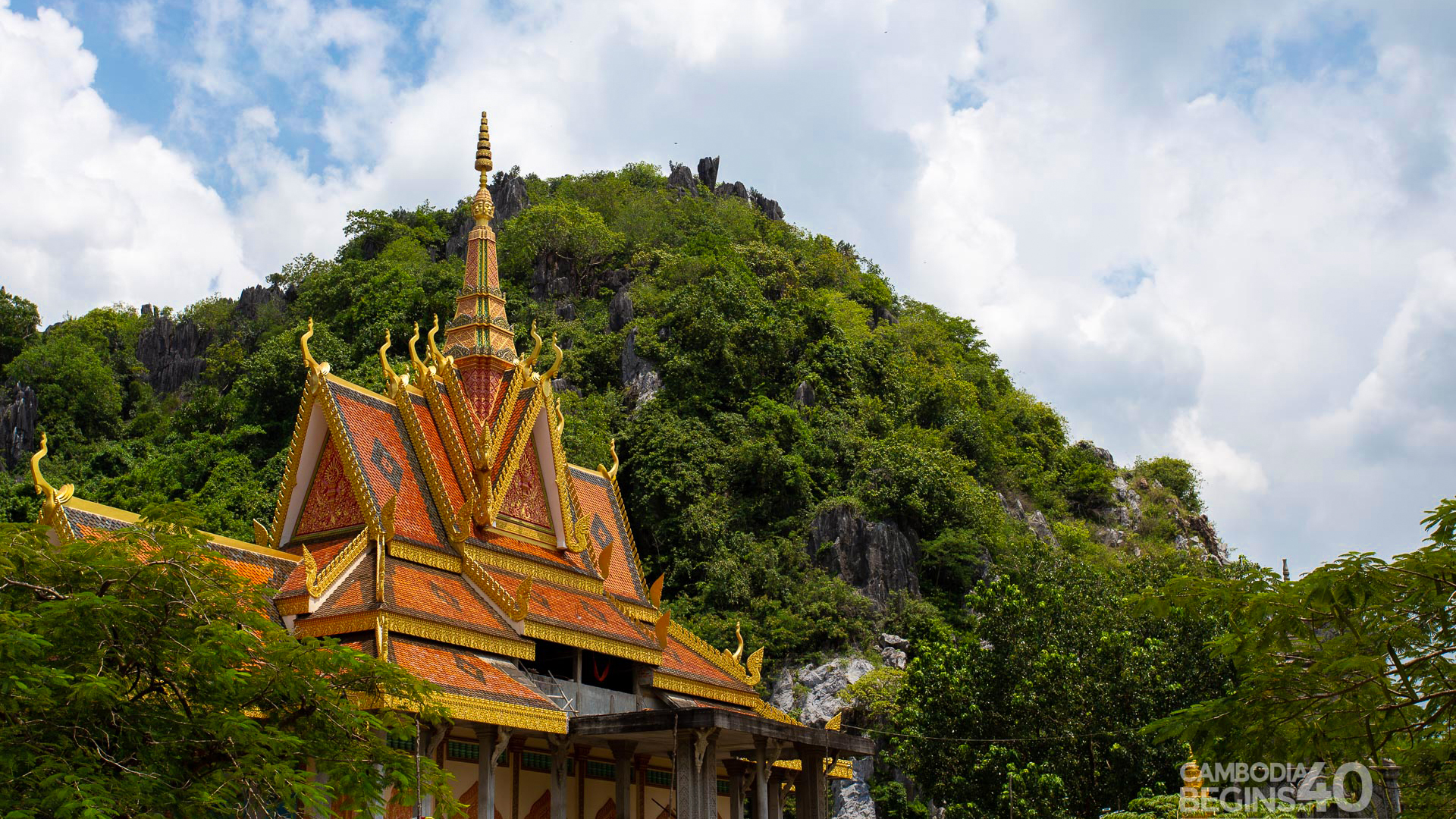
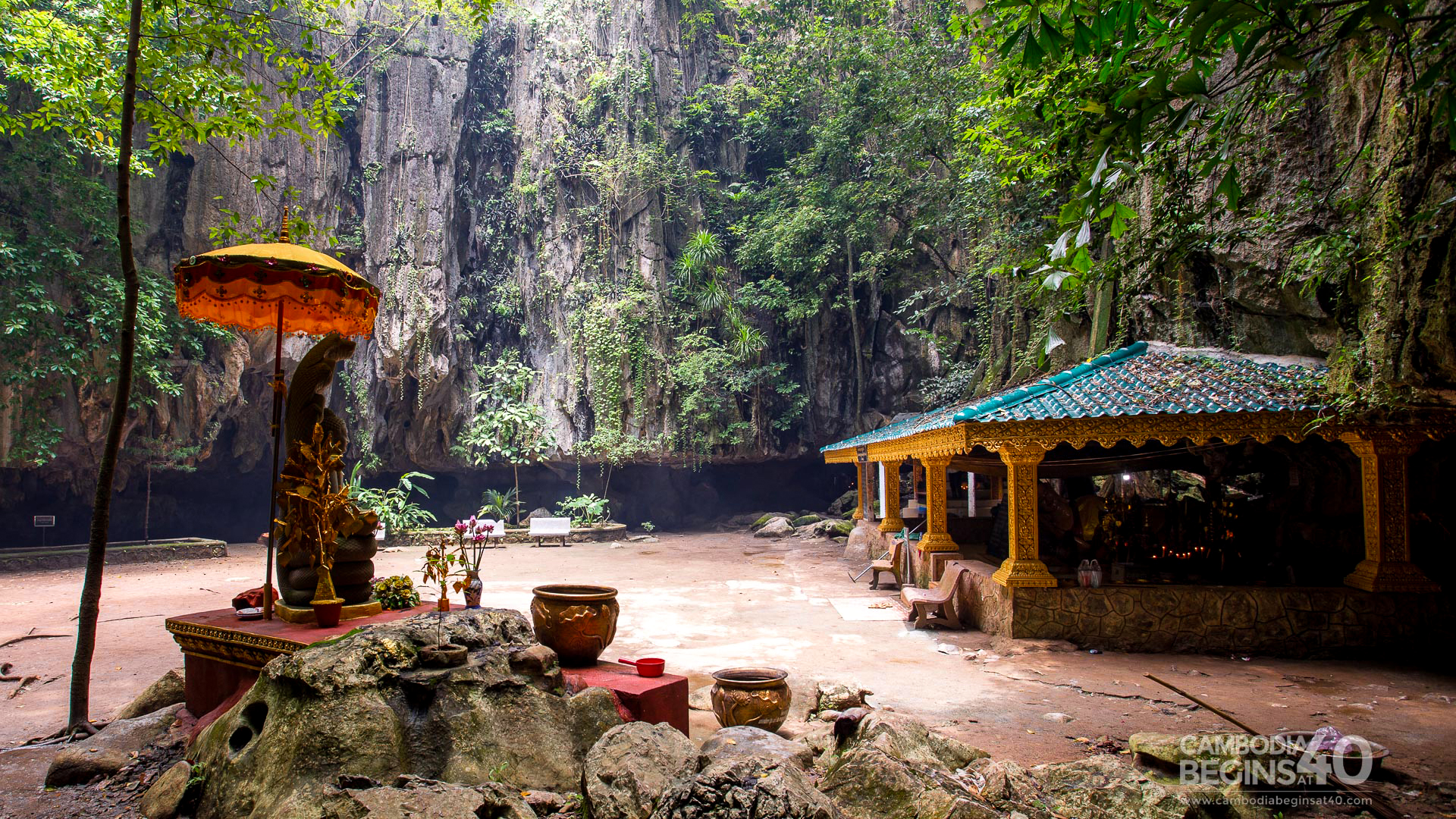
Khmer Cuisine
Kampot Province, situated in southwestern Cambodia, boasts a diverse culinary scene influenced by its coastal location, fertile land, and cultural heritage. Here are some highlights of the cuisine you might encounter in Kampot Province:
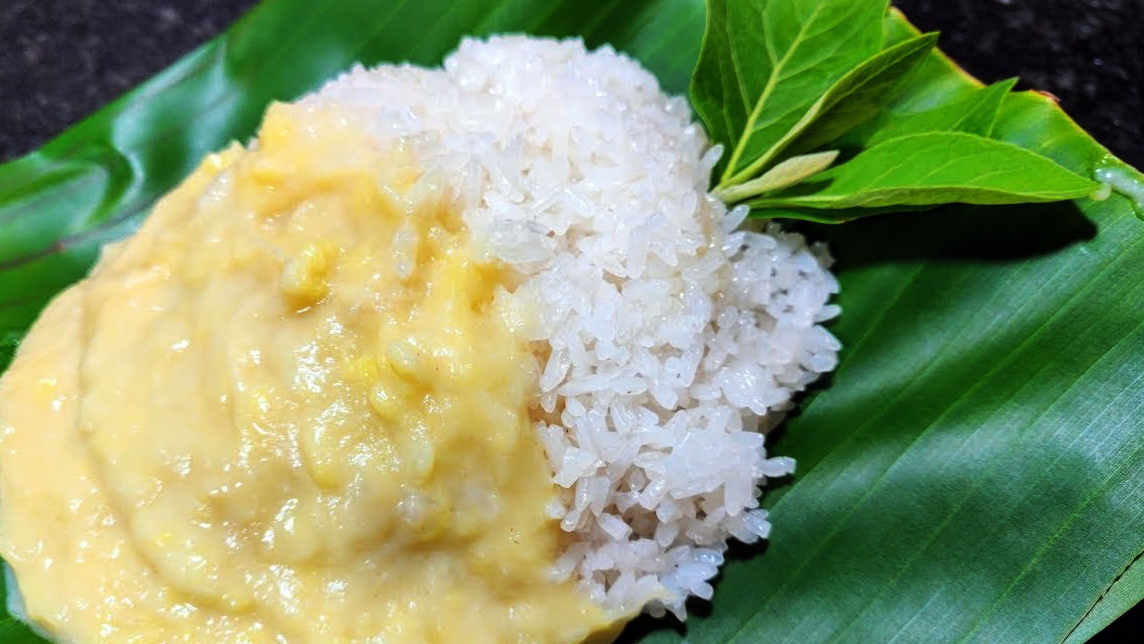


Seafood
As with many coastal regions, seafood plays a significant role in Kampot Province’s cuisine. Fresh fish, crabs, prawns, and shellfish are plentiful and are often prepared simply to let their natural flavors shine. Grilled fish, seafood curries, and spicy dips are popular choices among locals and visitors alike.

Kdam Chaa


This iconic Kampot dish consists of stir-fried crab with Kampot pepper, garlic, and other seasonings. It’s a flavorful and aromatic dish that showcases both the region’s prized pepper and its abundant seafood.
Fruit
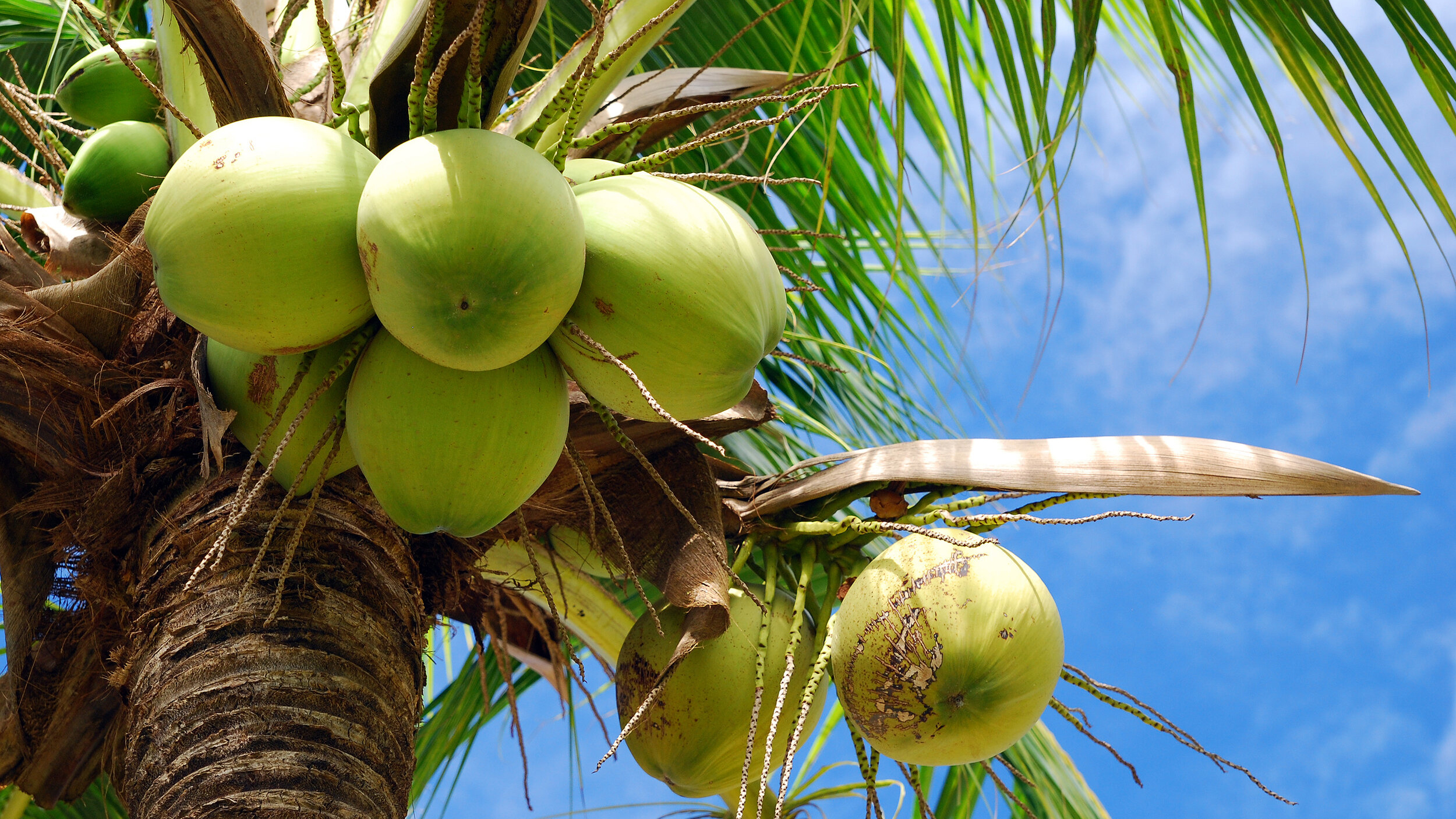
Kampot Province’s fertile land yields a bounty of tropical fruits, including durian, mangoes, pineapple, and rambutan. These fruits are enjoyed fresh or incorporated into desserts, smoothies, and fruit shakes.

Tourism
Tourism in Kampot Province is a significant contributor to the local economy, attracting visitors with its natural beauty, cultural heritage, and unique experiences. Here are some highlights of tourism in Kampot:
Kampot Town

The provincial capital, Kampot Town, is a charming destination with well-preserved French colonial architecture, vibrant markets, and a relaxed atmosphere. Visitors can explore its streets, visit historical sites like the Old Market, and sample local cuisine at riverside restaurants.
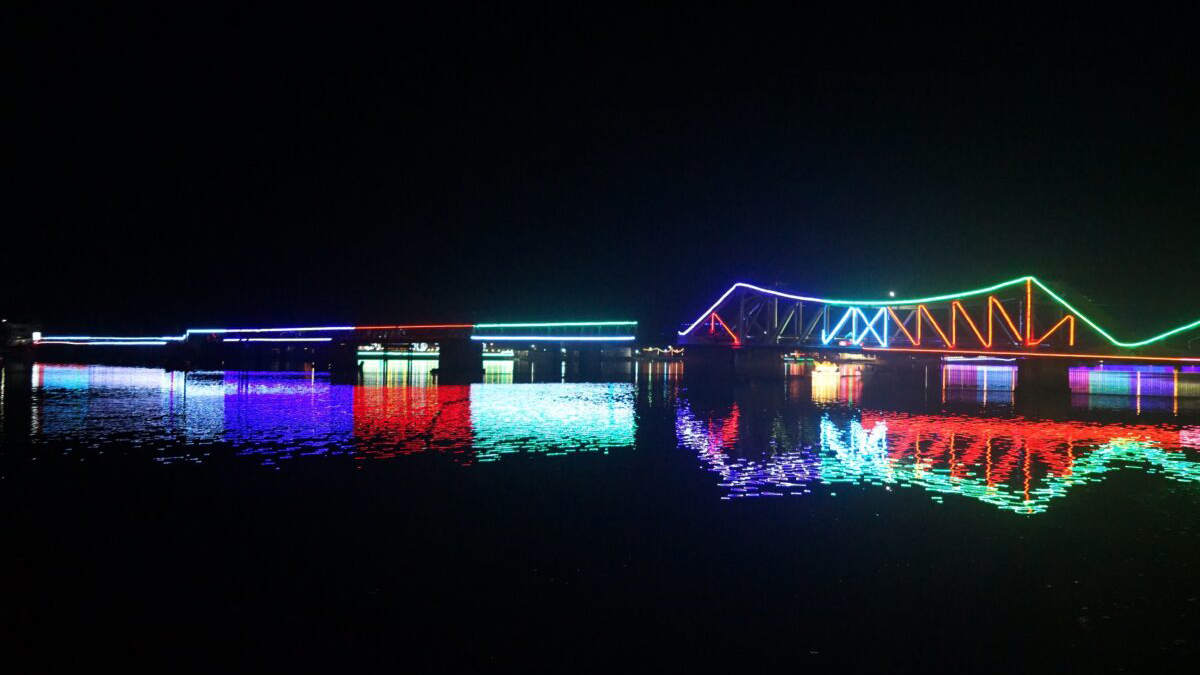

Pepper Plantations

Kampot is famous for its Kampot pepper, prized for its flavor and quality. Visitors can tour pepper plantations, learn about the pepper cultivation process, and purchase authentic Kampot pepper products directly from farmers.
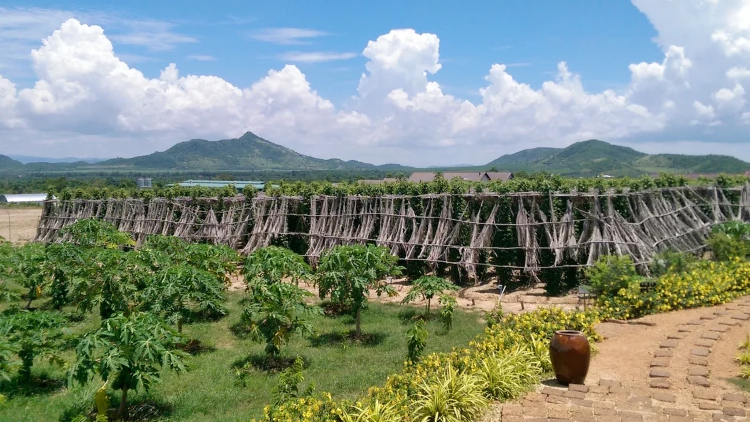
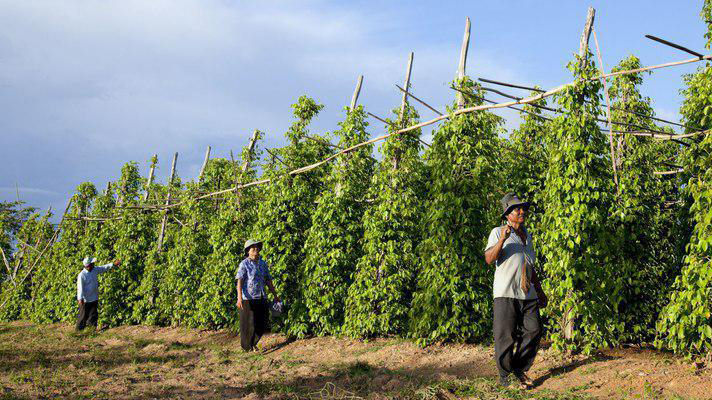
Bokor National Park

Located in the Elephant Mountains, Bokor National Park offers breathtaking landscapes, diverse wildlife, and historical attractions. Visitors can explore lush rainforests, visit waterfalls and caves, and discover colonial-era buildings, including the eerie Bokor Hill Station.
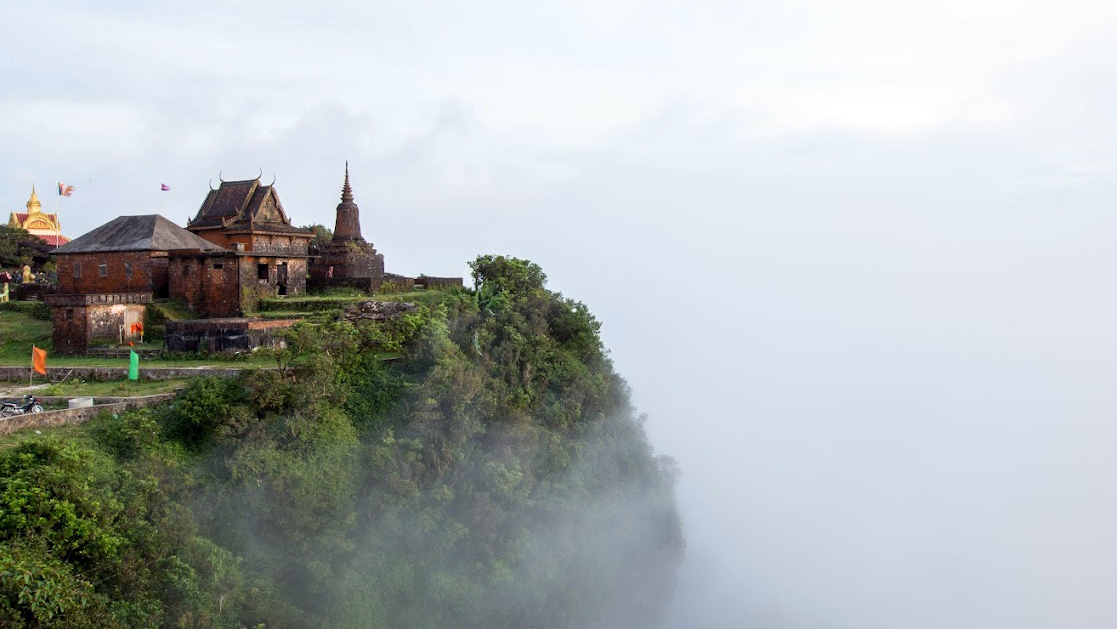
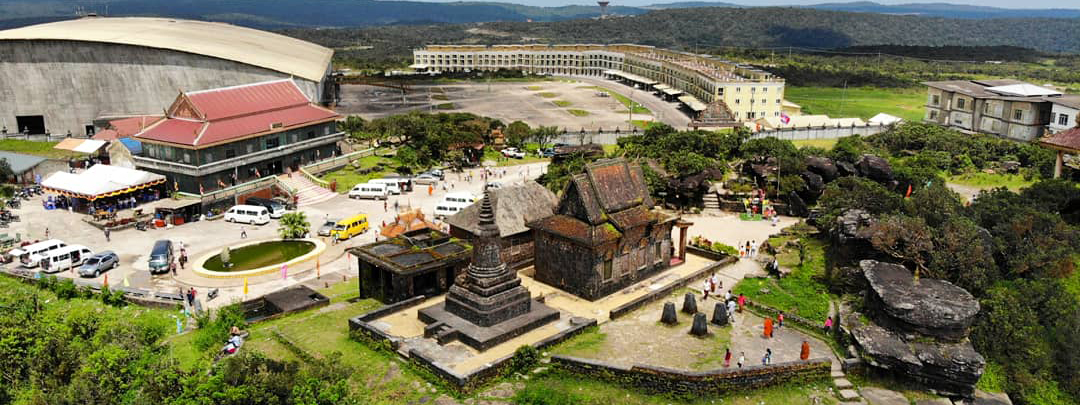
Rivers and Waterways

The Kampot River and Preaek Tuek Chhu River offer opportunities for river cruises, kayaking, and boat tours. Visitors can enjoy scenic views, spot wildlife along the riverbanks, and explore hidden caves and mangrove forests.

Economy
Kampot Province’s economy is diverse, with agriculture, tourism, and fisheries being the primary sectors. Here’s an overview of the economy of Kampot Province:
Agriculture

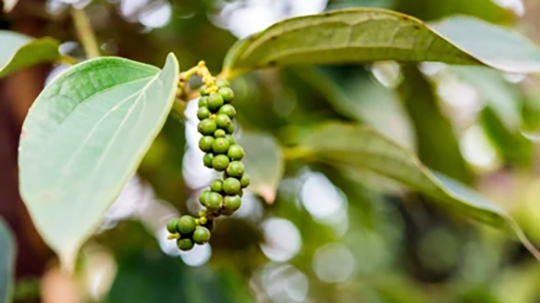
Kampot is renowned for its high-quality Kampot pepper, which is a key agricultural product. Pepper plantations are scattered throughout the province, particularly in the foothills of the Elephant Mountains. Other crops grown in the region include rice, fruits (such as durian and mangoes), vegetables, and cashew nuts.


Tourism
Tourism plays a significant role in Kampot’s economy, thanks to its natural beauty, historical sites, and cultural attractions. Visitors are drawn to attractions such as Bokor National Park, pepper plantations, salt fields, caves, rivers, and beaches. The province also offers opportunities for ecotourism, adventure tourism (like trekking and kayaking), and cultural experiences (such as visiting local markets and temples).
Fisheries


Fishing is an important economic activity, especially in coastal areas and along rivers. Kampot’s proximity to the Gulf of Thailand provides opportunities for both marine and freshwater fishing. Local fishermen catch a variety of fish and seafood, which are sold locally and sometimes exported to other parts of Cambodia.
Manufacturing and Handicrafts

There’s a growing manufacturing sector in Kampot, including small-scale industries producing items like textiles, ceramics, and handicrafts. These products are often sold to tourists or exported to other parts of Cambodia.

Infrastructure Development
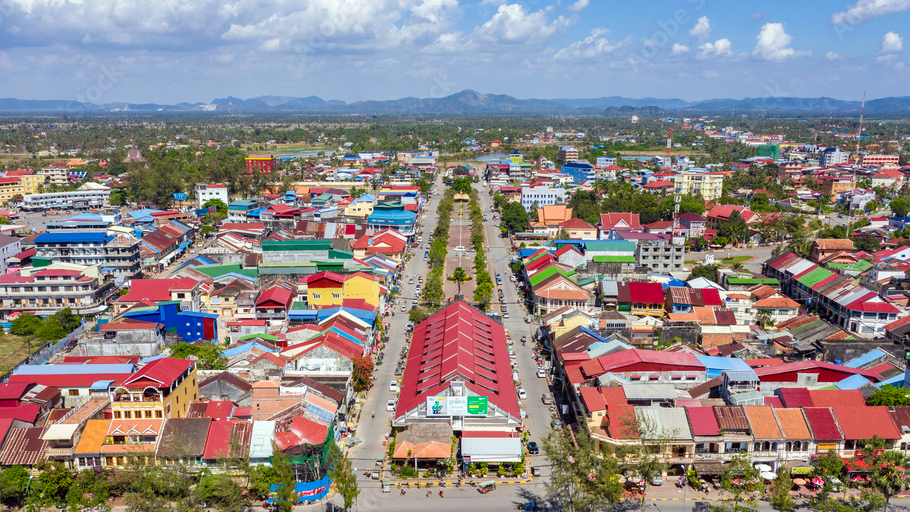
As tourism continues to grow, there’s ongoing development of infrastructure in Kampot Province, including roads, utilities, and amenities to support the needs of residents and visitors alike.
